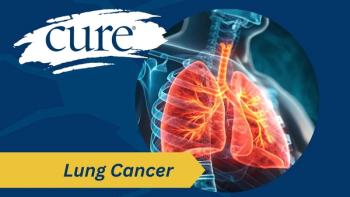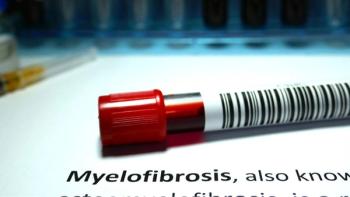
What I Learned in Therapy
Sharing your pain is scary, but leaning in to therapy was the best thing I did to heal emotionally from cancer.
"Think of your head as an unsafe neighborhood; don't go there alone." — Augusten Burroughs
The room was barely big enough for two chairs, a desk and a box of tissues.
Every Tuesday at 10 a.m., I found myself there. Usually, I showed up with a specific issue I needed to talk about. Sometimes, I was just there to be there. Every time, except one, I left feeling better than when I walked in the door.
I’ve been very open about spending an entire year in therapy after my mastectomy. Without a doubt, it was the single best thing I’ve ever done for myself. I don’t know how I could have navigated cancer without it and cannot overstate this:
Therapy saved me.
As a stage 0 DCIS breast cancer patient, I didn’t need chemo and had intense survivor’s guilt. I was angry about
Without a touchstone to compare my reactions to, I was afraid I was making too big a deal out of things. In therapy, the first thing I learned was that my emotions were entirely normal for someone who had been diagnosed with cancer. What a relief it was to learn that a therapist who specialized in treating oncology patients found my reactions appropriate and downright typical.
Of course, the new knowledge that my feelings were normal didn’t make them any less painful. I was an emotional mess and, as I wrote in
Unlike my family and friends, my therapist had no personal stake in my cancer. She was empathetic, but my illness didn’t shake her world the way it did my loved ones. When I shared my pain, there was no obligation on my part to protect or reassure her. For one hour a week, I wasn’t a wife, mother, daughter or friend with cancer. I was just me and the only one in the room who needed consolation and support.
With complete trust that everything was confidential, I was honest and real in our conversations. There was no criticism or judgment; nothing I said shocked or disturbed my therapist. I remember thinking many times that my habit of incessantly folding a tissue in smaller and smaller triangles (I had to do something with my nervous energy) must have driven her crazy, but she never said a word about it.
That tiny room was a cocoon of safety. Even when I was at my lowest point, furious at loved ones all too willing to move on while I was caught in the throes of cancer, there was no reaction to my nastiness. That’s not to say my therapist always gave me a pass. More than once she called me on things, like my habit of being “nice” rather than honest about what I needed only to end up resentful.
As we dove deep into thornier issues, my therapist told me many times I was exceptionally brave to come back every week to face my demons. For a long time, I had no idea what she was talking about because all I thought I was doing was spending an hour crying and being pathetic.
It turns out being brave is about showing up. I found myself in that room every Tuesday at 10 a.m. and kept going back for a year, even when what I found scared me to death. I talked, I cried and I returned again and again because I was no longer willing to be stuck in the silence of cancer.
In the year after my mastectomy, my head was a very unsafe neighborhood. I’m forever grateful that I didn’t have to walk its streets alone.
Have you had oncology therapy? Are you considering therapy, but a bit nervous about trusting a perfect stranger with your deepest thoughts? Let’s talk about it in the CURE discussion group. I answer every comment.




